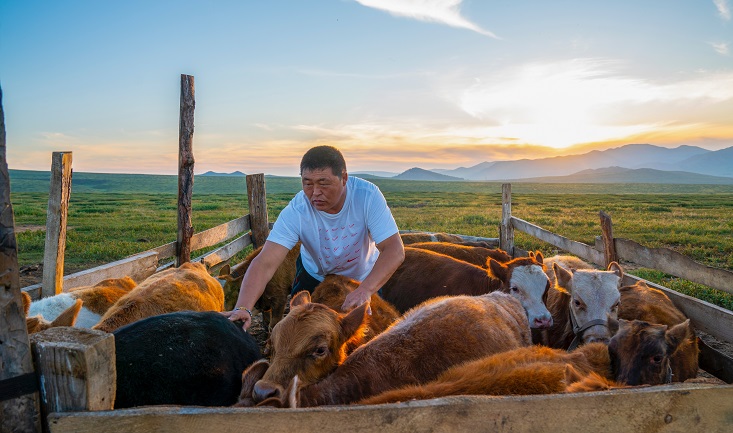Training Livestock Farmers for Sustainability and Food Security
The world is facing a food crisis bigger than any other before, increasing the costs of living, food scarcity and malnutrition. At the same time, the crisis increases the unaffordability proportions. The rise in population has continuously piled pressure on pasture land in expanding farmland, industries, roads and other purposes. Therefore, the great pressure on pasture land has necessitated other intensive methods of animal production to increase efficiency and maximize productivity per unit area.
The increase in population has seen the variation and growth of high-potential areas transformed into urban centres, industrial hubs and settlement schemes. This has continued to increase the land pressure necessitating the maximization of available resources to meet the increasing demand for food with lesser production areas. Traditionally, many animals enjoyed grazing rights with extensive plains providing for all their feed requirements. The change in many people’s lifestyles has necessitated scaling down of space and the need to achieve maximum potential.
Some parts of the world are greatly favoured by the excellent weather, abundant water resources and availability of labour. This enables them to exploit mechanization, optimize their production, and sell to other deficit countries, making animal production possible even in arid regions or areas where population piles pressure on production land. The profitable animal production challenge can only be answered by applying appropriate agricultural technology and adopting suitable practices. Current research practices have improved farmers’ incomes in developed countries by adopting improved technologies and farming methods. Continuous training of the farmer is necessary to ensure the adoption and application of the best methods of achieving sustainability of high yields and continuous diffusion of appropriate farm-based technologies resulting from research and emerging new science trends. In the face of these dynamics of climate change, increasing population and expanded trade, farmers need to stay on top of things regarding:
- Mechanization of animal feed production to increase the area under them, reduce production costs and employ more people.
- Improving harvesting methods to ensure the availability of animal feed during dry weather.
- Extending the harvest season of animal-grown feeds by introducing new cultivars.
- Reducing harvest losses of fodder crops that grow rapidly in wet weather and dry up in dry weather, rendering them unusable.
- Development of disease-resistant fodder crops to reduce losses to diseases etc., and premature crop loss.
- Increasing the employment opportunities for women on the farms for suitable operations for gender equality.
The evolution of agriculture has led to the growth of other related industries, creating balance in rural development, especially with the ability to have time-scheduled shipments that can travel through the world. Industrialization has made conservation, transformation and packaging of animal products and by-products more convenient and cheap. At the same time, by embracing farming as a business and learning the requisite skills, the rates of food insecurity will be greatly reduced, and many employment opportunities will be created.
Find more information in the Books of the Author: Success in Agribusiness
Farm Animal (Cattle) Nutrition
Feeding Systems of Farm Animals
Protein Supplements in Animal Feed
Livestock Feed selection – Evaluation of Feed Ingredients
Management of an intensive (Zero) Grazing System
Trace Minerals: The key to Immunity for Farm Animals
Dairy Cow Nutrition on different Lactation Cycles
Training Livestock Farmers for Sustainability and Food Security









































































